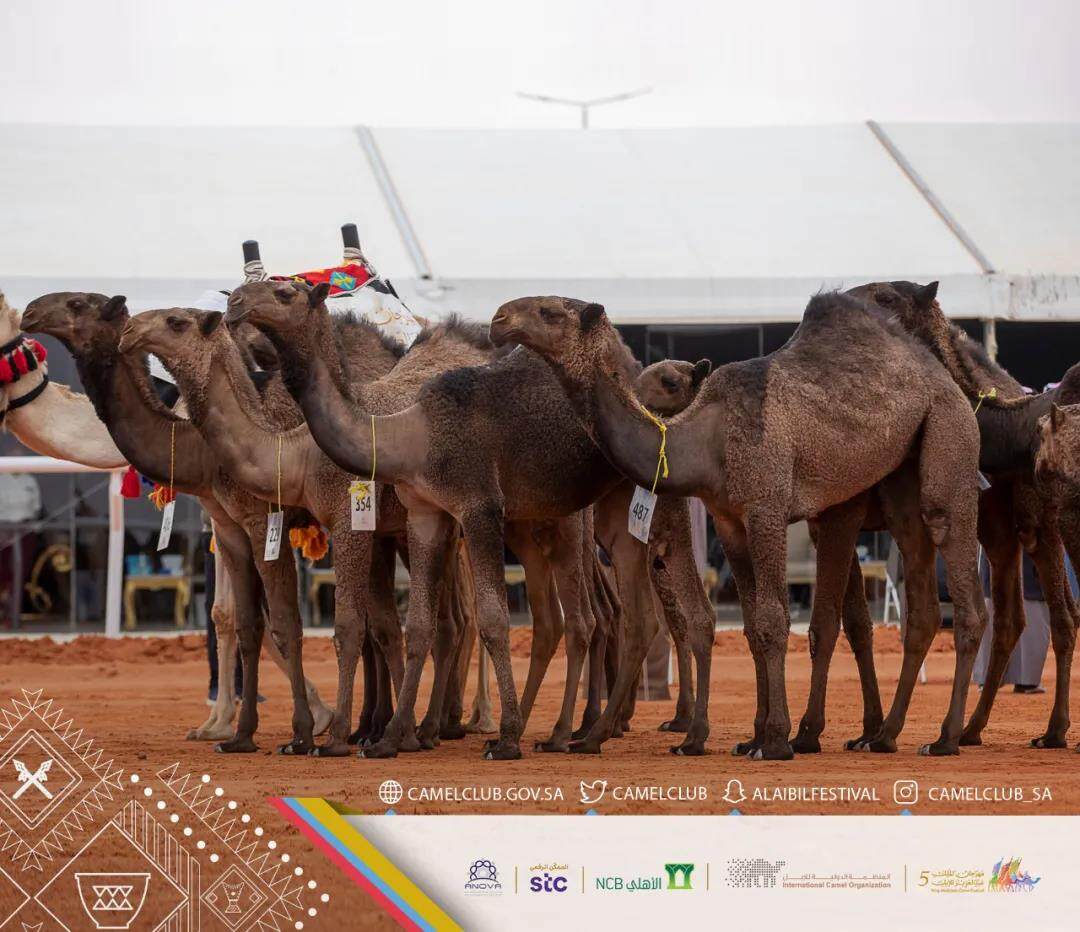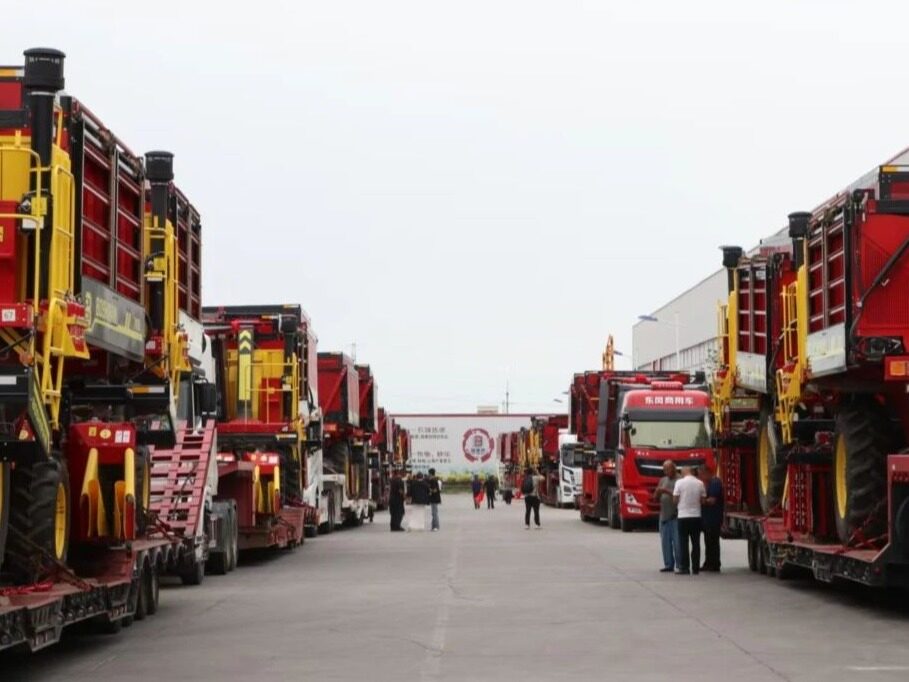- Nowadays, camels have become an important historical memory and cultural heritage in the Arabian Peninsula
Camels heat resistant to drought, since ancient times is closely related to the Arabian peninsula, the people's production and life, has been praised as the "father" of patience (أ ب organisation أ ي organisation ب). It was a desert ship on the Silk Road, a trusted mount for warriors and an important source of wealth and food for nomads. In Arabic, there are more than 1000 words describing various varieties and growth stages of camels, which shows the importance and affection of the Arabs to camels.

Camel racing is a traditional sport of nomadic peoples, and its history can be traced back to about the 7th century. This sport has never been interrupted, and the scale of the competition has also been growing, gradually forming two subcategories of camel race and beauty pageant. It is also becoming more and more popular with the public and tourists, and is very popular in Saudi Arabia, the United Arab Emirates, Oman and other Arab countries. Saudi Arabia has a special camel club, with Crown Prince Mohammed as its chairman. The King Abdul Aziz Camel Festival has been held for five years. In addition to camel racing, there are folk song and dance performances, camel auction, art performances and other activities, which are popular among people in the Gulf region.

The modern camel race has a dedicated track and field. Saudi camel racing tracks are mostly built in the vast desert outside Riyadh, Taif and other cities, with a standard length of 8 kilometers. With the progress of communication technology, the pursuit of race speed and the requirements of safety, the camel trainer is no longer allowed to ride on the camel racer as the jockey, but to use the light, advanced remote control robot and mounted on the camel racer to control and command the camel race. During the race, the camel racers strive forward in the track, and the camel owner drives his car on the asphalt road on both sides of the track to keep pace with his camel racers. At the same time, he shouts into the microphone and commands the robot through the remote control to continuously whip up his whip to refuel. There is a fence between the track and the road. In the desert wilderness, camel racers struggle hard on the race track, while camel owners drive their cars on both sides of the road Shouting and commanding by remote control. Camel racers and their owners' cars are full of passion. The galloping sound, neighing sound and robot command sound of the camel racing group, together with the car engine and the camel owner command sound, formed a symphony, spreading to the deep desert in all directions, the scene is particularly spectacular.

The Saudi camel beauty pageant represents the highest standard in the world and has a wide influence. Its scale is large, the grade is high, each contest champion will get up to hundreds of millions of yuan prize money, the race camel up to 30,000, attracts a large number of audience to participate in, including royal family members and celebrities from all walks of life. The selection criteria are strict and transparent. All camels will be divided into different groups according to breed and color. The judges will conduct a public selection according to strictly defined selection criteria, with the camels' "natural beauty" being the minimum requirement. They were judged on a variety of criteria, including the size of a camel's head, whether its lips could cover its teeth, neck length, shape and position of its hump, eye size, lash length, and curvature of its nose. The competition supervision system is standardized and mature. The jury scores each camel competitor. The Saudi Ministry of Environment oversees the competition and sets up a professional team to conduct a comprehensive health check on all camels.


Historically, the camel was a symbol of social status and wealth for nomadic peoples. Today, the Saudi government sees camel racing as an integral part of its traditional culture and is investing heavily in inheriting, developing and developing it as a symbol and symbol of its own identity. Every year, thousands of Saudi camel owners take their "pet camels" to the Gulf to exchange, expecting their camels to shine in the competition, which has developed into a green industry related to camel breeding, trade, commerce, sports, culture. With the spread of the sport's influence, Egypt, Australia and other countries also held various forms of camel racing. In today's globalized world, embracing a pluralistic world and protecting cultural traditions are issues of common concern to all countries. From the close partner of human beings to the protagonist of cultural and sports activities, the camel is an important historical memory and cultural inheritance of the Arabian Peninsula.(Reprinted please indicate Jiandao website www.seetao.com) Jiandao website video column editor/Gan Linping
Comment
 Praise
Praise
 Collect
Collect
 Comment
Comment
 Search
Search














Write something~